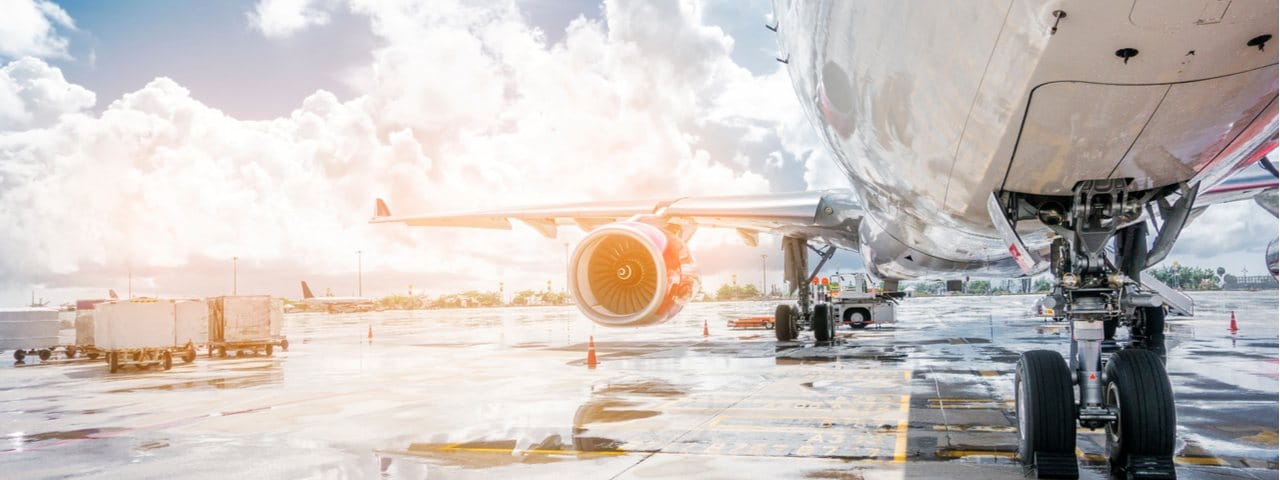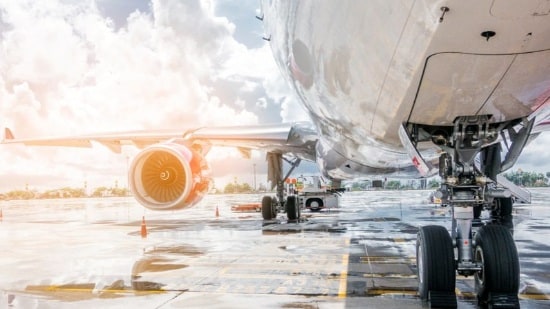Global Crisis: How Cargo Charter Keeps the World Moving
Cargo charter flights are often the only way to reach remote locations and populations that have been cut off from conventional means of travel. Primarily, these charter flights enable life-saving goods and supplies to be delivered quickly by aircraft but also allow for aid workers and relief teams to access these remote locations.
The process of responding to a disaster can become extremely complex, with transport logistics and different teams of people involved in getting relief goods or aid workers into the crisis area. The process usually goes through several different agencies and specialists are involved every step of the way, from commercial-based logistics specialists to NGOs and humanitarian organisations.
Measures are taken by each party involved to ease the process of getting the necessary aircraft and air cargo into disaster areas. Governments will even waive certain restrictions at blockades and ports. Terminals will waive charges, fees and tolls required to normally enter the area. Local private companies will also provide cost-effective and efficient ways of repairing roads, restoring electrical functions and other infrastructural damage caused.
How relief cargo is shipped
When dealing with disasters across the world you want to work as quickly as possible, and the best way to ensure the shortest transit times is by air. This method is not always possible though, such as in cases where air terminals have been badly damaged or if weather conditions don’t allow for flight into the area.
If air travel is not possible, cargo vessels and barges can be used to ferry the relief goods to affected areas by sea. This method is typically used to transport larger cargo that might be required in order to provide aid, such as construction equipment and machinery required to repair and restore infrastructural damage. As with cargo charter, transporting these goods by sea relies on ports and terminals to be functioning properly.
Temporary and makeshift specialist solutions can also be put in place to help cargo planes get to the scene of a disaster as fast as possible. After the earthquake that shook Haiti in 2010, the United States set up a temporary traffic control centre to help guide aircraft routes to Port-au-Prince due to the damage faced by marine terminals that made it impossible to ship goods via sea.
Before the air cargo has even arrived, there needs to be facilities in place to distribute the goods from the airport to the people in affected areas. Relief teams of medical staff might also be required to go into affected areas in order to tend to wounded and sick victims and to ensure that infectious diseases and epidemics don’t spread.
What kind of cargo is sent to a crisis?
The type of cargo and commodities that are sent via cargo plane into crisis areas depends mostly on the type of disaster that the nation is facing. The most common commodities sent to assist victims of any disaster include food, water, medicine, tents and personal hygiene supplies. But some disasters, such as earthquakes and hurricanes, can cause severe damage to infrastructure and buildings that will need repairing and restoration. Electrical equipment and water systems can be damaged or contaminated and construction materials and vehicles can be dispatched in order to restore the functionality of those basic infrastructures. Medical equipment and staff may also need to be dispatched to areas affected by a pandemic, such as with the COVID-19 disaster that we are currently facing. Medical facilities will be made available and medical supplies and clean drinking water will be made available to people in the affected areas.
In the case of Hurricane Katrina, which hit New Orleans in 2005, 6.7 million litres of water was distributed among the victims in the days following the disaster. In Haiti, after the earthquake, generators and portable light towers were sent in to aid rescue workers locating missing citizens. In the case of COVID-19, medical supplies and staff can be flown out to areas that lack the basic infrastructure, supplies and facilities required to properly treat and contain the virus.
Whatever the need, charter flights and other courier services are instrumental in providing relief to those who are in need.
What challenges do cargo charter and air freight providers face?
One of the biggest hindrances when distributing relief goods is something referred to as ‘the last mile’ by humanitarian organisations. After the relief cargo has travelled via air or sea, it then needs to be transported to the affected areas via the roads leading to places that the people need it most. In certain disaster situations, the roads could be flooded or damaged to the point where vehicles carrying tons of cargo simply can’t make the journey. Smaller and lighter vehicles will then need to be used in order to distribute the goods, which makes the process much more expensive and inefficient.
Providing sufficient manpower when moving these relief goods is also a challenge often faced by cargo charter companies. There are sometimes tons of relief goods being transported into ports and terminals that must then be sorted, packed and transported to the affected areas. There are often volunteers from the local population that arrive to assist in transporting the relief goods, but often specialised workers need to be brought in to provide medical services and supply-chain organisation services.
At ACS, we can provide a range of time-sensitive and emergency charter solutions such as evacuations, delivery of critical supplies, search and rescue missions and air ambulance services either via private jet charter or cargo charter. For more information please get in touch with us and our charter experts will ensure that you get the charter solutions you need.

 In times of crisis, nations depend on cargo charter and air freight to provide relief for people in need of aid. Whether that’s providing food or materials required to rebuild, or sending in teams of relief staff, often the fastest way to do so is by air freight or cargo charter.
In times of crisis, nations depend on cargo charter and air freight to provide relief for people in need of aid. Whether that’s providing food or materials required to rebuild, or sending in teams of relief staff, often the fastest way to do so is by air freight or cargo charter.



